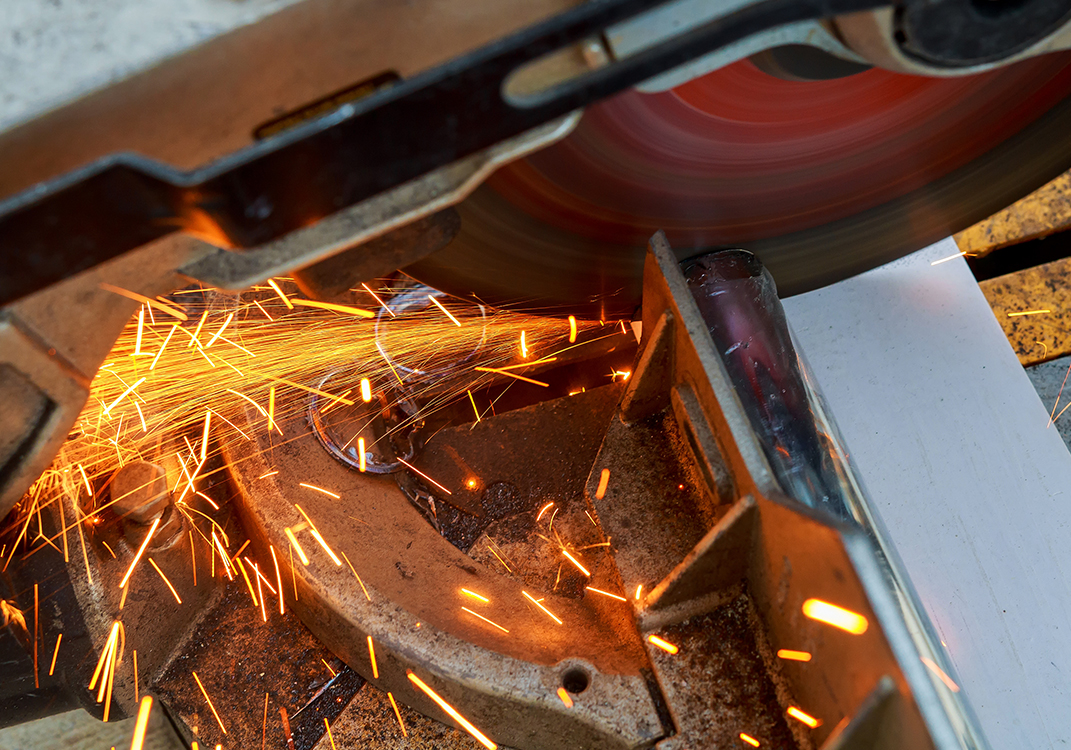In the complex production process, where accuracy and efficiency are the norm and efficiency is paramount, die casting has emerged as an essential process. From the manufacture of automobile parts to complex electronic parts Die casting has crucial roles in the shaping of the modern industry. In this article, we will explore the process of science and art behind die casting and explains the process, its applications as well as its advantages and potential.
Die casting can be described as a process of casting that requires the insertion of molten metal in an open mold chamber under extreme pressure. The mold, commonly referred to as a”die”, is generally made of steel, and is designed to create intricate shapes that are precise and reproducibility. This process is classified in two major varieties: hot chamber casting and cold chamber casting. For hot chamber casting where the injection mechanism is submerged in the hot metal. While when cold chamber die casting, the material is injected into the system. Each process has its own unique benefits and applications, based upon the requirements specific to the process of manufacturing.
One of the major benefits that die casting has is its capacity to create parts that have excellent precision in dimensional measurement and finish. This is essential in areas like aerospace, automotive and electronic components, where precise tolerances as well as flawless design are not a matter of debate. Die casting also allows the production of high volumes and is a cost-effective method to mass-production. It also allows for the creation of intricate designs like slim walls or complex geometries that would be hard or impossible by other processes of manufacture.

Die casting’s capabilities is far beyond conventional metals such as zinc, aluminum and magnesium. Thanks to advances in material technology and technology, the die casting process is capable of working with a broad assortment of alloys including the most high-strength steels as well as lightweight composites. The expanded palette of materials can open up new possibilities as well as industries, from lighter automobile components to robust electronic consumer. Additionally, die casting can contribute to sustainable efforts in that it helps recycle scrap metal, decreasing consumption, as well as conserving materials in the production cycle. For more information please visit here https://www.senadiecasting.com.my/
Although it has many advantages Die casting has its own advantages, but it is not unaffected by its pitfalls. The most significant concern is porosity. This could influence the structural integrity as well as quality of the parts. To address this concern manufacturing companies employ different methods to improve the gating and venting system in order to control metal temperatures and pressures, and employing advanced simulation software to detect and avoid imperfections. Furthermore, rigorous quality controls are in place during the manufacturing process to ensure that every part is in compliance with the requirements.
In the near future, the world for die-casting is brimming with possibilities and new ideas. Innovations in technology including live-time monitors, machine-learning algorithms and 3D printing of tools, are set to improve process performance, quality control as well as the capability to modify. Additionally it is the possibility of integrating die casting into different manufacturing processes like additive manufacturing, as well as post-processing methods such as CNC machined and finish can further broaden its application and versatility. While industries evolve and require higher efficiency as well as sustainability and standards, die casting will continue to be a fundamental technique that drives forward the development of manufacturing.
